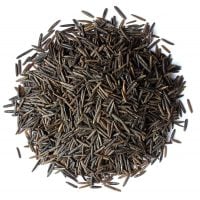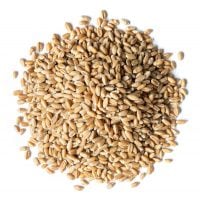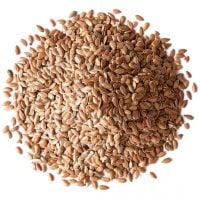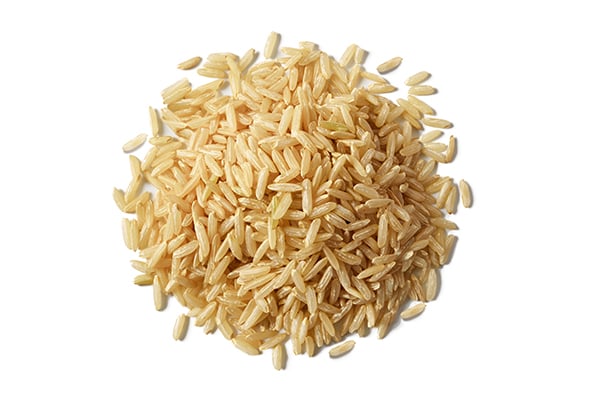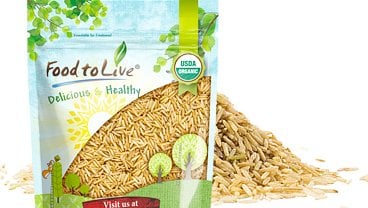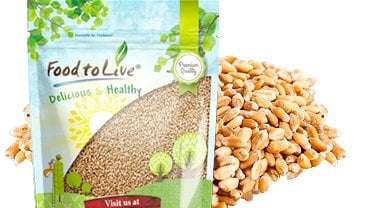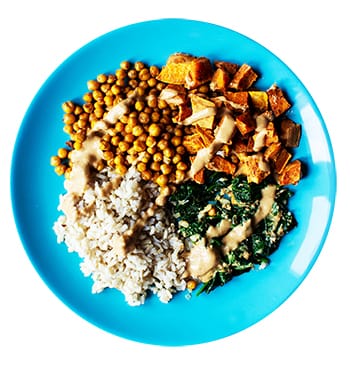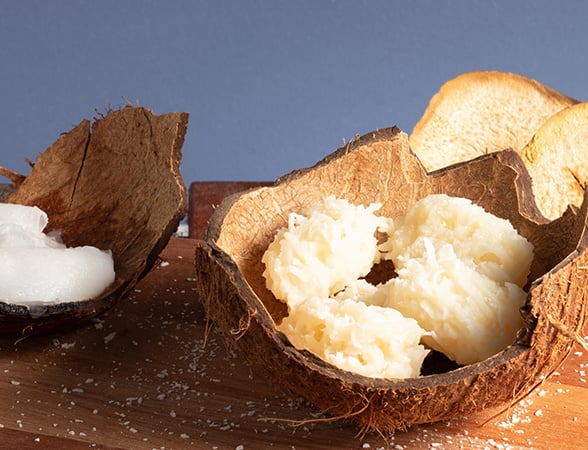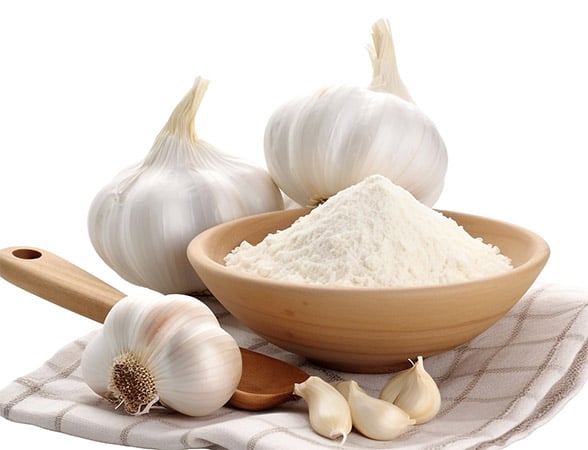May 15, 2017 · Written by Foodtolive Team
Brown Rice Vs. White Rice: Understanding Rice Nutrition Data
Every health-conscious person today should understand rice nutrition data in order to determine what type of rice is best for them and why. This extraordinary grain is good for you by default because it contains lots of fiber, protein, essential minerals, and very little fats. Both white and brown rice can be a good choice for your diet, although the brown variety is generally considered superior.
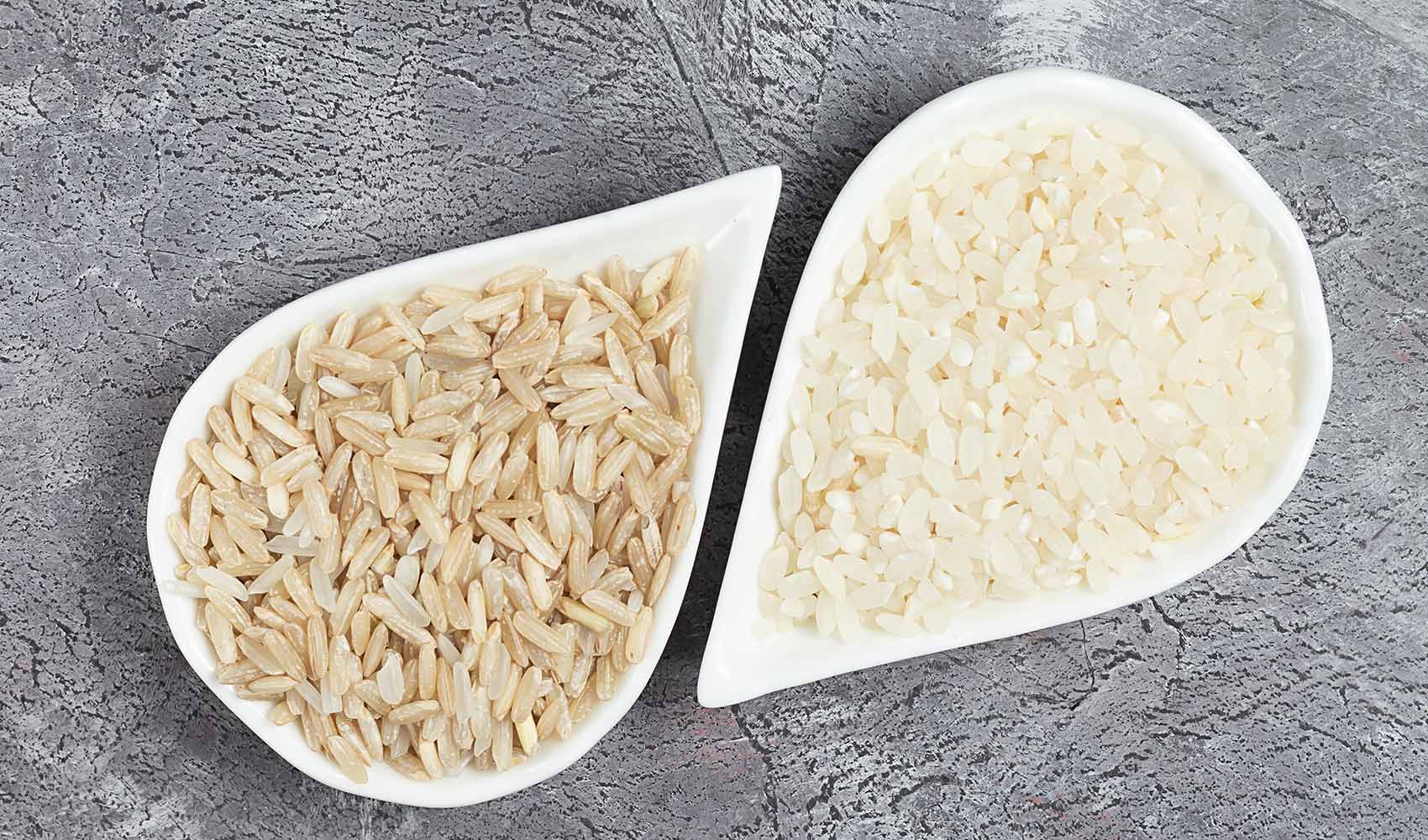
Brown Rice Nutrition Data Breakdown: 1 Cup (Cooked)
- Calories: 216
- Protein: 5 g
- Dietary fiber: 3.5 g
- Omega 3 fats: 27.3 mg
- Omega 6 fats: 603 mg
- Folate: 7.8 mcg
- Choline: 17.9 mg
- Niacin: 3 mg
- Vitamin K: 1.2 mcg
- Calcium: 19.5 mg
- Magnesium: 83.9 mg
- Phosphorus: 162 mg
- Potassium: 83.9 mg
- Zinc: 1.2 mg
- Iron: 0.8 mg
- Selenium: 19.1 mcg
Sponsored by Food to live
As you can see, brown rice is a great source of some essential nutrients, especially calcium. Be sure to take this into account when you decide whether you should take calcium supplements for vegans.
Note that out of all types of brown rice, brown basmati rice is considered most nutritious. It also is incredibly tasty as it possesses unique flavor and aroma that sets it apart from other types of this grain.

White Rice Nutrition Data Breakdown: 1 Cup (Cooked)
- Calories: 205
- Protein: 4.2 g
- Dietary fiber: 0.6 g
- Omega 3 fats: 20.5 mg
- Omega 6 fats: 98 mg
- Folate: 91.6 mcg
- Choline: 3.3 mg
- Niacin: 2.3 mg
- Vitamin K: 0 mcg
- Calcium: 15.8 mg
- Magnesium: 19 mg
- Phosphorus: 68 mg
- Potassium: 55.3 mg
- Zinc: 0.8 mg
- Iron: 1.9 mg
- Selenium: 11.9 mcg
White rice, obviously, is less nutritious overall. However, the amount of nutrients it provides you is still high enough to consider it an exceptionally healthy grain. Don’t forget that rice is completely gluten-free. In fact, it’s so good for digestion it can fit any diet, even when most other grains must be excluded.
Rice should definitely be your grain of choice if you are trying to lose weight in a healthy way. It’s nutritious enough to give you energy for working out. However, its carb and fat levels are reasonably low, so it’ll fit right into your diet.
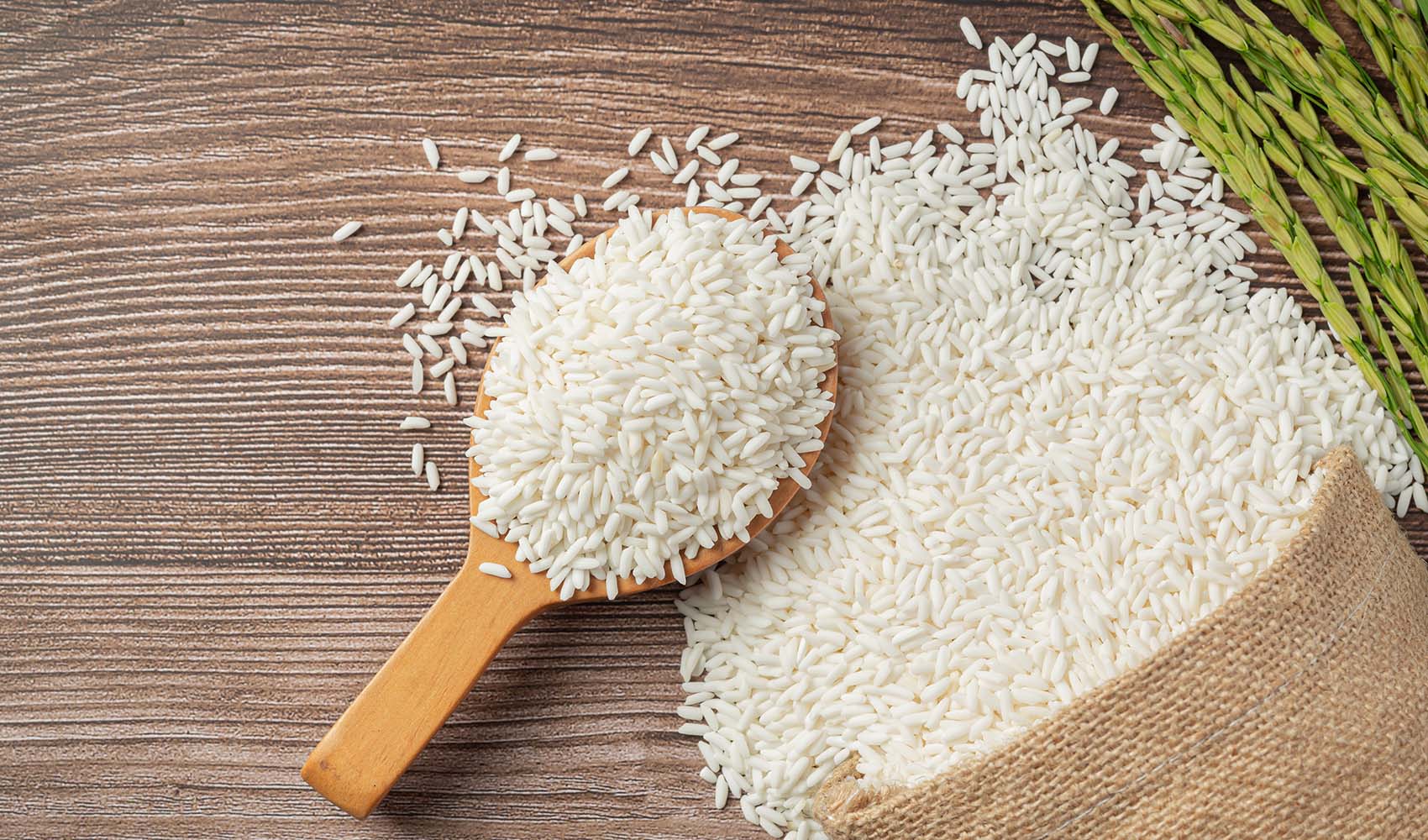
Difference Between Brown and White Rice
In order to understand the differences in rice nutrition data you need to know what white and brown rice are. Both of these products are grains, but not everyone understands that they are actually the same grain.
All rice is brown by default as it’s the natural state of the rice seed. This is why this particular variety is categorized as a ‘whole grain’.
When you remove bran and germ from this seed, you get white rice. It’s easier for digestion and cooking but much less nutritious because those two parts are where the majority of ‘good’ elements are contained.
So, is brown rice better?
Brown rice isn’t exactly ‘better’ than white in any way except for the overall nutritional value. The issue with this grain is that along with nutrients, it contains ‘antinutrients’, which are elements that reduce the body’s natural ability to absorb some vitamins and minerals. Therefore, you don’t necessary benefit from the higher level of minerals and fiber as much as it might seem when comparing rice nutrition data.
The conclusion is that both types of rice are good and can be enjoyed.

